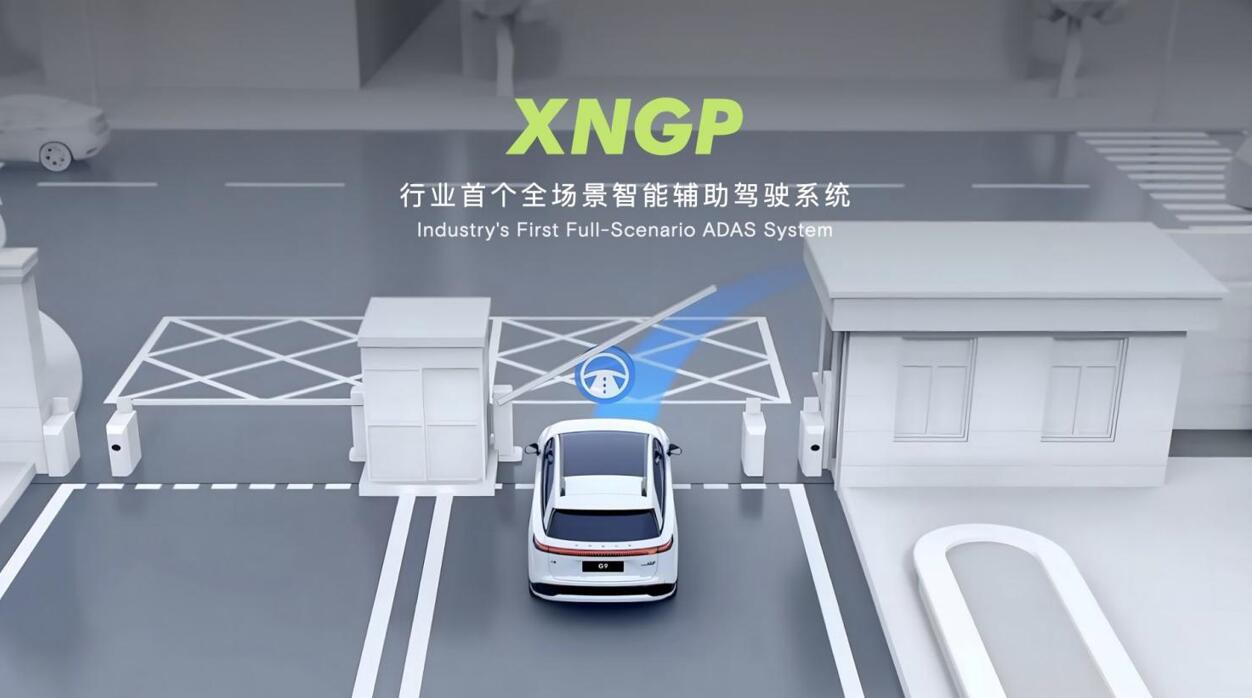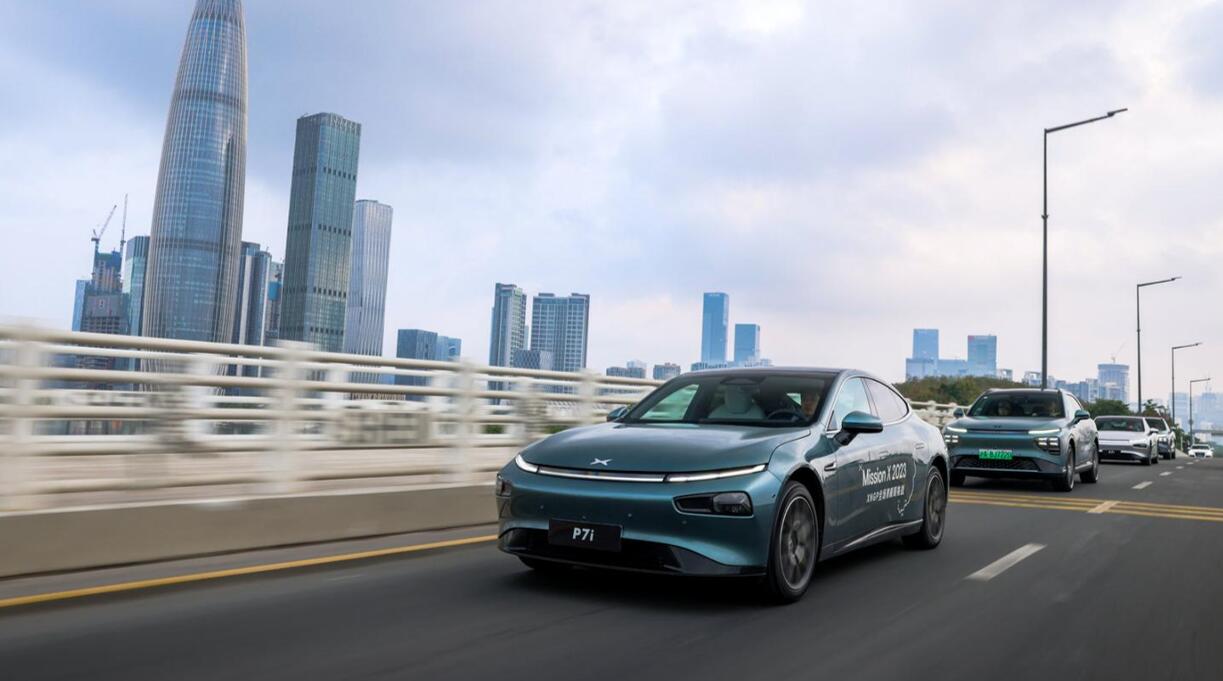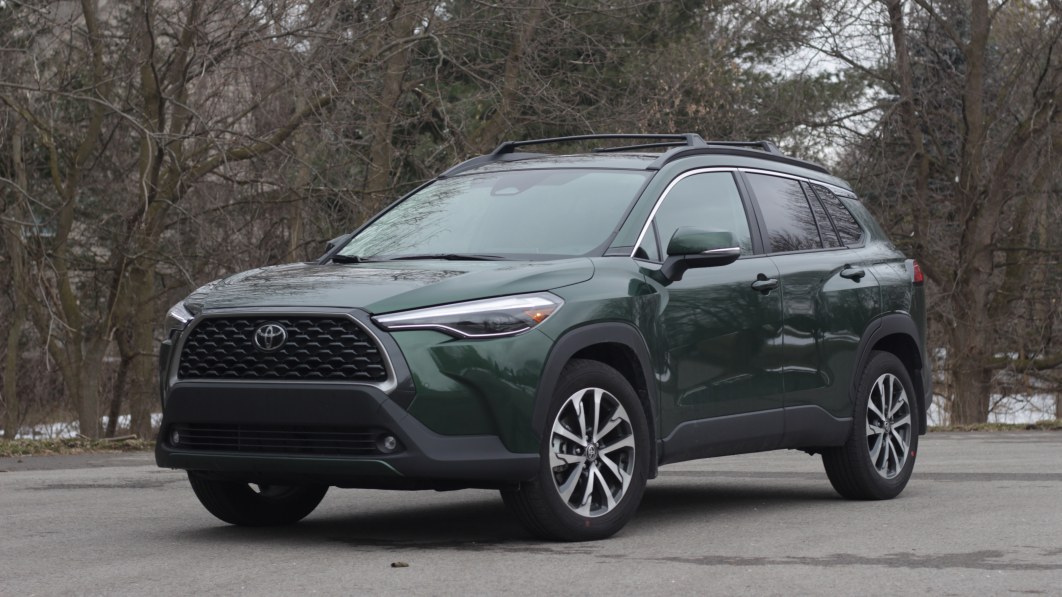
SAIC, GM, & Wuling JV Launched The Wuling Bingo In China, & It’s Priced At Just $8,682!



 Faraday Future on Wednesday announced the start of production of its FF91 electric SUV, although the company hasn't actually shown any completed customer vehicles yet. Photos from the start-of-production ceremony at Faraday's Hanford, California, factory show only a body shell. The company said it will host a "launch event" for the FF91, which it...
Faraday Future on Wednesday announced the start of production of its FF91 electric SUV, although the company hasn't actually shown any completed customer vehicles yet. Photos from the start-of-production ceremony at Faraday's Hanford, California, factory show only a body shell. The company said it will host a "launch event" for the FF91, which it... 

Previous reports suggested that the BYD Seagull would be offered in both sodium-ion and lithium-ion battery-equipped versions, but this was not confirmed by BYD. | BYDDY.US | BYD HK

(Image credit: BYD)
BYD (OTCMKTS: BYDDY) is starting to warm up for a mini electric vehicle (EV) that is expected to become another major player in the segment.
BYD shared images of the new model, called the Seagull, on Weibo today, showing off details of its exterior.
The NEV (NEV) giant did not provide any information about the Seagull, although the model has appeared on a regulatory list in January and key specifications are known.
The BYD Seagull has a length, width and height of 3,780 mm, 1,715 mm and 1,540 mm, respectively, and a wheelbase of 2,500 mm.

As a comparison, the Dolphin – BYD's smallest model currently on sale -- has a length, width and height of 4,125 mm, 1,770 mm and 1,570 mm, respectively, and a wheelbase of 2,700 mm.
SAIC-GM-Wuling's current hot-selling Hongguang Mini EV has a length, width and height of 2,920 mm, 1,493 mm and 1,621 mm, respectively, and a wheelbase of 1,940 mm.
On March 28, Wuling officially launched the new EV model Binguo in China with a length, width and height of 3,950 mm, 1,708, mm and 1,580 mm, respectively, and a wheelbase of 2,560 mm.
BYD Seagull is equipped with a single motor with a maximum power of 55 kW and a top speed of 130 km per hour.
The model is available in 30 kWh and 38 kWh battery pack versions, with a CLTC range of 305 km and 405 km.

Last November 22, LatePost reported that BYD plans to mass produce sodium-ion batteries in the second quarter of 2023, and they will be featured in the Qin EV, Dolphin and new model Seagull.
The launch of the Seagull means BYD will increase its efforts in the sub-RMB 100,000 electric vehicle market, when competition in the segment becomes more intense, the report noted.
On November 30 last year, local automotive media Yiche reported that the Seagull may be the first BYD model to be equipped with sodium-ion batteries, with the model's launch expected in the second quarter of 2023.
The BYD Seagull will be offered with both sodium-ion and lithium-ion battery versions, with the former expected to cost as little as 60,000 yuan ($8,730) and the latter expected to cost 80,000 yuan, the report said.
The BYD Seagull equipped with sodium-ion batteries will have a range of 300 kilometers, while the lithium-ion version will have a range of 400 kilometers, according to the report.
It is worth noting that these reports have never been confirmed by BYD.
Earlier this month, images circulating on the Chinese Internet showed that the BYD Seagull would start at RMB 65,800 and would be launched on April 18.
BYD later called this false information and said that the estimated price range for the Seagull is RMB 80,000 to RMB 100,000.

($1 = RMB 6.8757)
BYD may launch new model with sodium-ion batteries in Q2 2023, report says
The post BYD starts warming up for mini car Seagull appeared first on CnEVPost.
For more articles, please visit CnEVPost.
XPeng's XNGP system will enable full-scenario ADAS from start to stop when the full rollout is completed in 2024, it said. | XPeng US | XPeng HK

(Image credit: XPeng)
XPeng (NYSE: XPEV) is making its Tesla FSD (Full Self-Driving)-like Advanced Driver Assistance System (ADAS) available for two flagship models, marking significant progress in building its assisted driving capabilities.
The electric vehicle maker will begin pushing out a new OTA update, Xmart OS 4.2.0, today, opening up the first phase capabilities of XNGP, XPeng's new generation of intelligent driving systems, to the XPeng G9 and P7i.
XPeng concluded its six-day Mission X 2023 XNGP challenge test drive today with an XNGP technology sharing session in Shanghai, where the plan was announced by Wu Xinzhou, vice president and head of the autonomous driving center at XPeng.
XNGP is XPeng's new generation intelligent driving system and is the ultimate product form of assisted driving before achieving full self-driving, the company said.
In its full form, the XNGP system will not rely on high-precision maps and will enable an assisted driving experience from the starting parking space to the end parking space.

XPeng has been testing the capability on the P5 sedan, which comes with a feature called City NGP (City Navigation Guided Pilot). The function is already available for the P5 in Guangzhou and Shenzhen.
XNGP has achieved the first phase of capability, gaining City NGP capability for the G9 Max and P7i Max in Shanghai, Shenzhen and Guangzhou, three cities with high precision map coverage, according to XPeng.
The second phase of XNGP, which XPeng will launch in the second half of 2023, will see full lane-changing, overtaking and left/right turn capabilities extended to major Chinese cities without high precision maps, while full-scenario ADAS is planned for 2024.
When the full rollout of the XNGP system is completed in 2024, it will enable full-scenario ADAS from start to stop, the company said.
In other cities without high-precision map coverage, XNGP also significantly improves assisted driving capabilities, according to the company.
With City NGP available, vehicles can achieve navigation-assisted driving from point A to point B within the city in areas with high-precision map coverage in Guangzhou, Shenzhen and Shanghai.
This includes vehicles autonomously completing cruise following, overtaking, and bypassing stationary vehicles or objects, as well as enabling stoplight recognition, autonomous lane changes, and avoidance of other traffic participants.
In addition to the G9 Max and P7i Max models equipped with XNGP, City NGP will also be available for XPeng P5 in Shanghai.

In areas without high-precision map coverage, XPeng aims to give vehicles the ability to make left and right turns in most major cities later this year, bringing the user experience in those areas closer to City NGP, the company said.
Notably, in addition to City NGP, XPeng is also building a next-generation Highway NGP, Wu said at today's event.
The new Highway NGP is based on XNGP's next-generation technology architecture, which offers significant improvements in security, usability, comfort, access efficiency, and interaction methods, according to Wu.
XPeng's development of the new Highway NGP is progressing as expected and is set to be available to users with the XNGP system in the next major OTA update, Wu said.
Players in the assisted driving space are currently building products that largely rely on high-precision maps for navigation-assisted driving, although many of them aim to eventually move away from them.
XPeng has built XNet, a deep visual neural network that does not rely on high precision maps and relies only on pure visual perception, the first and only mass-produced BEV perception system in China, it said.
XNet is capable of fusing data collected by multiple cameras to output 4D information about dynamic targets and 3D information about static targets, according to the company.
In the future, drivers will not need to be restricted by the area of high-precision maps and will be able to enjoy high-level assisted driving experience in more cities and scenarios faster, XPeng said.
XPeng is one of the few players to mention that it will move away from reliance on high-precision maps.
Earlier this month, DeepRoute, a local self-driving company backed by Alibaba, unveiled its new Driver 3.0 solution, which it said is a solution that does not require high-precision maps and breaks down the limitations imposed by geo-fencing.
In addition to bringing better assisted driving capabilities, XPeng's latest OTA update brings 27 new features, 52 experience optimizations and more than 40 basic experience enhancements, according to the company.

XPeng revs up for comeback after ending 2022 in the slow lane
The post XPeng sees new milestone in autonomous driving, rolls out Tesla FSD-like assisted driving capability to 2 flagship models appeared first on CnEVPost.
For more articles, please visit CnEVPost.
Filed under: Green,Toyota,Buying Guide,New Car Reviews,Crossover,SUV,Hybrid

Continue reading 2023 Toyota Corolla Cross Review: The Corolla of crossovers
2023 Toyota Corolla Cross Review: The Corolla of crossovers originally appeared on Autoblog on Fri, 31 Mar 2023 06:00:00 EDT. Please see our terms for use of feeds.
Permalink | Email this | Comments